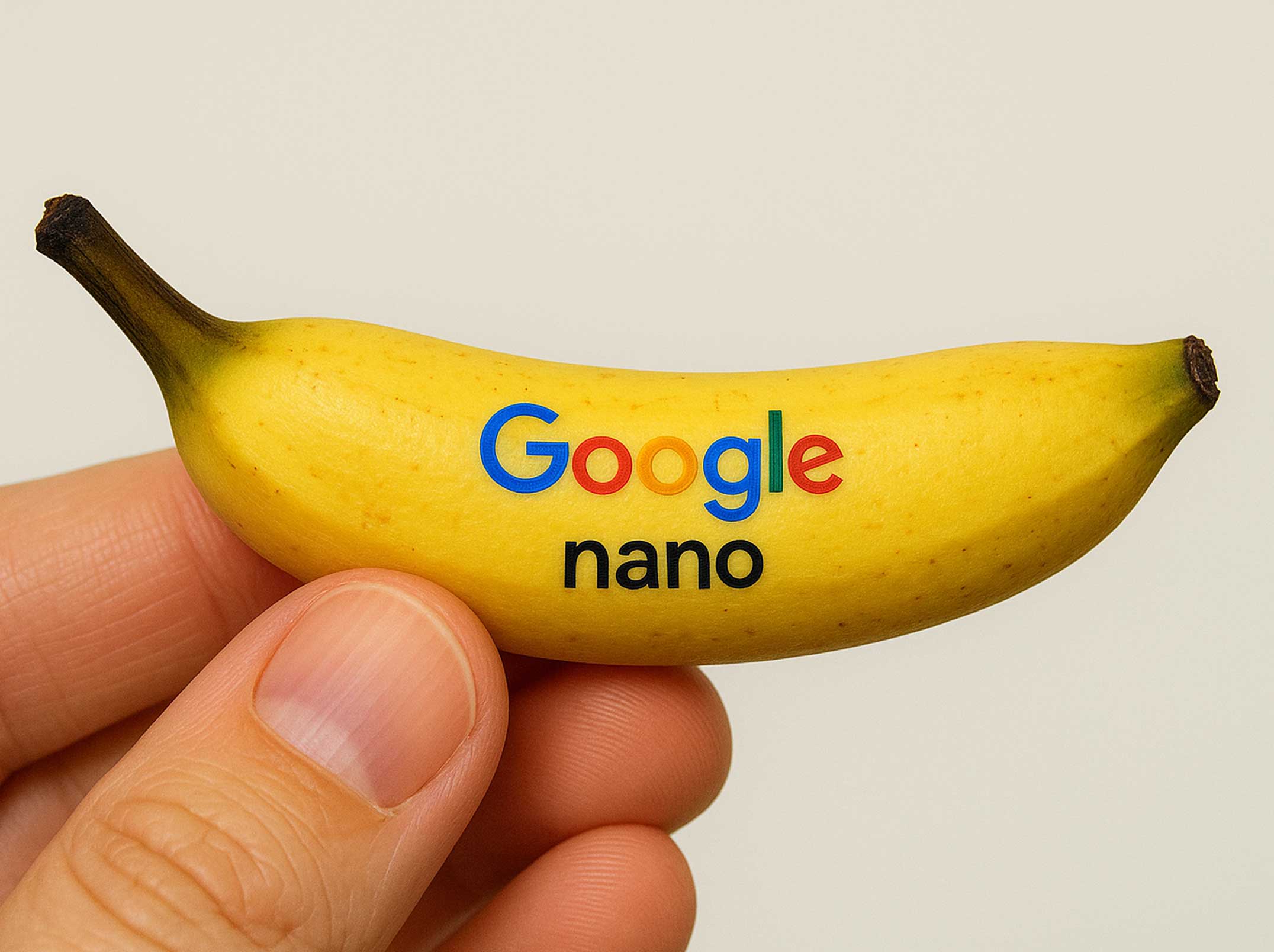AI’s Impact on Ad Fraud: Risks, Trends, and Solutions
How AI is reshaping ad fraud—threats, trends, and prevention tactics.

The digital advertising landscape, while brimming with opportunities for businesses to connect with audiences, is simultaneously battling an escalating, costly adversary: ad fraud. As artificial intelligence (AI) permeates nearly every sector, its dual nature becomes strikingly evident in this arena. While AI-driven solutions are empowering marketers with unprecedented precision and efficiency, this very innovation is also being weaponized by sophisticated fraudsters. The challenge for businesses isn't merely about adopting AI but proactively understanding and mitigating the evolving risks it introduces to the integrity of their advertising spend.
The Escalating Threat of AI-Driven Ad Fraud
The financial drain of ad fraud isn't just significant; it's rapidly escalating into a crisis for the digital advertising ecosystem. Industry projections reveal a staggering outlook: global losses attributed to digital advertising fraud are anticipated to almost double, surging from an estimated $88 billion in 2023 to a projected $172 billion by 2028. This alarming 14% compound annual growth rate underscores the escalating sophistication of fraudulent operations, particularly those leveraging advanced AI-driven networks and the increasingly prevalent deepfake technology. To put this into a more granular perspective, analyses suggest that for every $407 million spent on digital advertising per user in the United States, a substantial $62 million—or 15% of the total investment—is simply wasted due to digital ad fraud. This illustrates a critical erosion of ad spend efficiency, directly impacting ROI and budget allocation for businesses worldwide.
AI: A Double-Edged Sword in Ad Fraud
The escalating financial threat of ad fraud is compounded by fraudsters' increasing sophistication, largely fueled by readily accessible AI tools. Bad actors are now leveraging AI to engineer highly advanced bots capable of mimicking genuine human behavior with alarming precision. These AI-powered bots can generate massive volumes of fabricated ad impressions and clicks, creating a false sense of campaign success that fundamentally misleads advertisers. Their ability to simulate real-time user interactions makes them notoriously difficult to detect through traditional fraud detection methods.
Beyond bot networks, AI's role in ad fraud extends to the creation of deepfake content—synthetic videos and audio that are virtually indistinguishable from authentic media. This technology is a powerful new weapon in the fraudster's arsenal, enabling the creation of highly convincing disinformation and elaborate fraudulent schemes. A particularly insidious application involves deepfake videos of public figures being used in online advertisements to endorse fictitious or fraudulent investment opportunities. This tactic not only erodes trust in digital advertising but has also led to substantial financial losses for unsuspecting individuals drawn in by these seemingly credible endorsements.
The Role of AI in Combating Ad Fraud
The pervasive nature of AI in perpetrating ad fraud is met with a crucial counter-strategy: the deployment of AI itself as a formidable defense mechanism. Leading ad verification and fraud prevention companies, such as DoubleVerify, are at the forefront of this counter-offensive. They harness AI's analytical power to detect nuanced patterns indicative of fraudulent activity, processing and analyzing vast datasets in real-time. Machine learning algorithms are particularly effective here, capable of identifying subtle anomalies within advertising traffic that signal fraudulent behavior. Crucially, these algorithms are designed to evolve autonomously, continuously learning and adapting to recognize novel fraud techniques as they emerge. This dynamic, self-improving capability is indispensable in the relentless, escalating arms race against increasingly sophisticated and adaptive fraud schemes.
Emerging Trends and Future Outlook
The evolving nature of ad fraud demands constant vigilance, as new and sophisticated threats continually emerge. A particularly concerning trend is the weaponization of generative AI to create highly deceptive fake websites. These "slop sites" or "made-for-advertising" (MFA) sites are meticulously designed to mimic legitimate publishers, luring unsuspecting marketers into placing their valuable ad spend on fraudulent platforms.
These AI-generated sites don't just look authentic; they are engineered to generate artificial impressions and clicks, siphoning ad revenue away from genuine publishers and severely distorting campaign performance metrics. The content on these sites, often plagiarized or of extremely low quality, serves merely as a facade to house a disproportionate number of ads. As generative AI technology continues its rapid advancement, the potential for even more elaborate and convincing fraud schemes proliferates, underscoring the critical need for continuous adaptation and proactive defense strategies within the advertising industry.
Actionable Steps for Advertisers
To effectively counter the escalating threat of AI-driven ad fraud, advertisers must adopt a multifaceted and proactive approach to their prevention strategies. This involves both technological investments and a commitment to operational best practices:
- Invest in Advanced AI-Powered Detection Systems: The front line of defense lies in leveraging sophisticated AI and machine learning-driven fraud detection tools. These systems are designed to process and analyze immense volumes of advertising data in real-time, identifying complex patterns and subtle anomalies that indicate fraudulent activity. Crucially, their machine learning capabilities allow them to continuously adapt and evolve, recognizing new and emerging fraud techniques as they surface, staying ahead in the arms race against fraudsters.
- Foster Industry Collaboration: The fight against ad fraud is a collective effort. Advertisers should actively engage with industry coalitions, trade organizations, and technology partners. Sharing intelligence about newly identified fraud tactics, common vulnerabilities, and effective mitigation strategies across the ecosystem helps raise the collective defense, making it harder for fraudsters to succeed.
- Prioritize Staff Education and Training: A critical, often overlooked, layer of defense is a well-informed internal team. Marketing and advertising professionals must be regularly educated on the latest ad fraud schemes, understanding the signs and indicators of suspicious activity. Empowering staff to recognize and promptly report anomalies can significantly reduce exposure and response times.
- Implement Diligent Campaign Monitoring: Beyond automated tools, consistent and meticulous manual oversight of campaign data remains vital. Advertisers should regularly scrutinize performance metrics for unusual patterns, such as sudden, unexplainable spikes in clicks or impressions, abnormally high bounce rates, or conversions that don't align with historical trends. Such discrepancies often serve as early warning signs of fraudulent activity
By integrating these robust prevention measures, advertisers can significantly bolster their defenses, safeguard their digital advertising investments, and collectively contribute to cultivating a more trustworthy and efficient digital advertising ecosystem.
Final Thoughts
The integration of AI into digital advertising presents a double-edged sword: while it offers unprecedented opportunities for enhanced targeting and efficiency, it simultaneously empowers fraudsters with more sophisticated tools. The onus is on the advertising industry to remain acutely vigilant. This means not only harnessing AI to optimize campaign performance but, critically, deploying it as a robust defense against the evolving tactics of ad fraudsters. Through continuous adaptation and the strategic implementation of comprehensive fraud prevention measures, advertisers can effectively navigate this complex landscape and safeguard their financial interests.
Subscribe to our newsletter
Stay informed with the latest marketing trends, expert insights, and exclusive updates delivered monthly.




